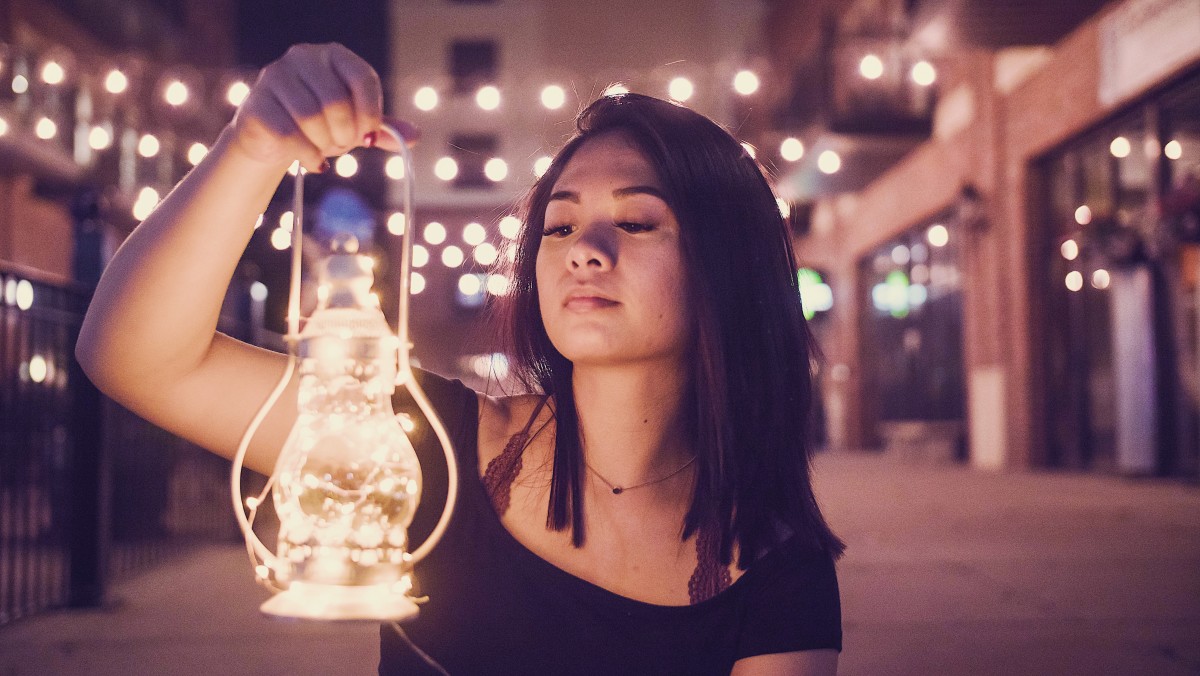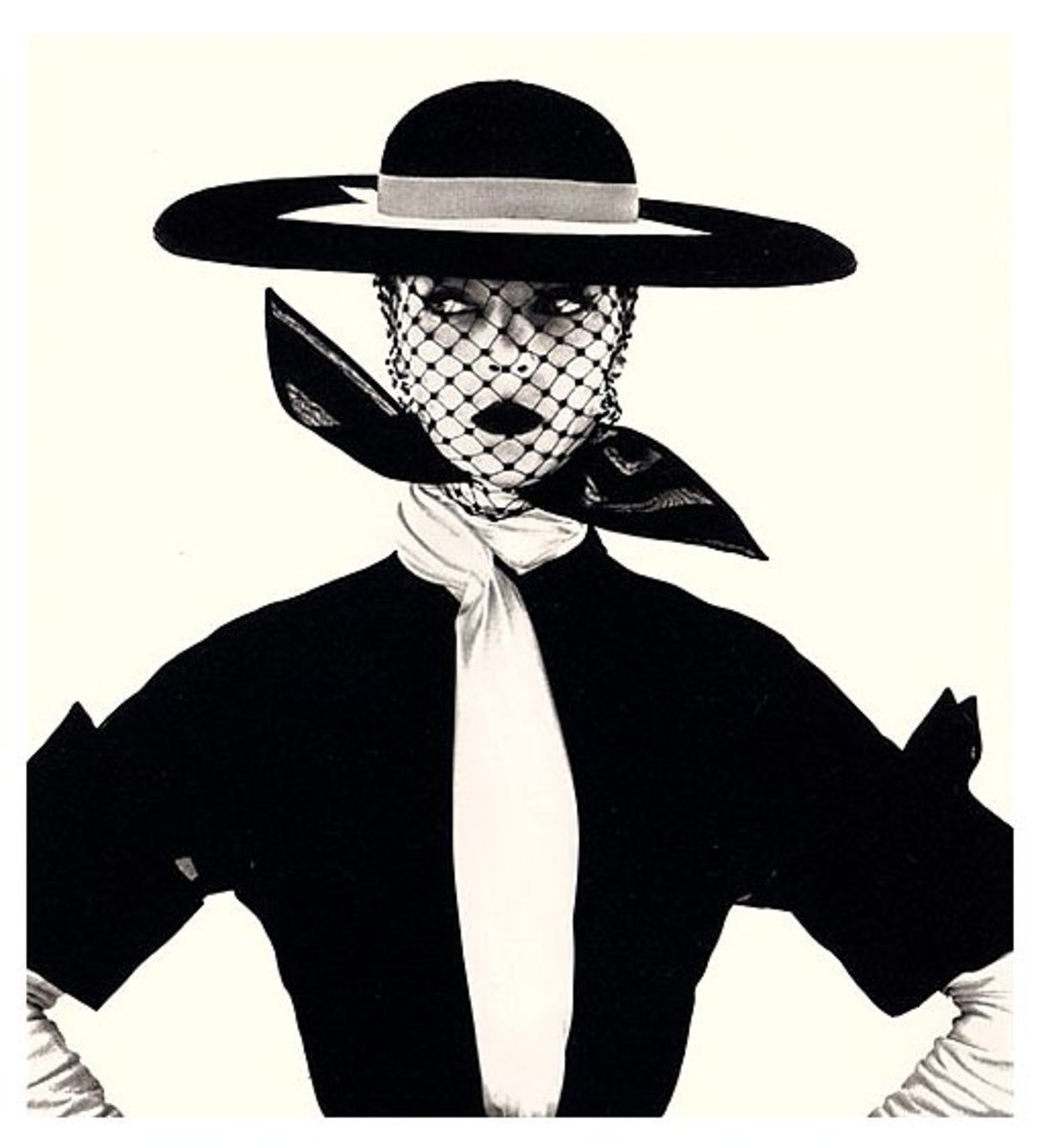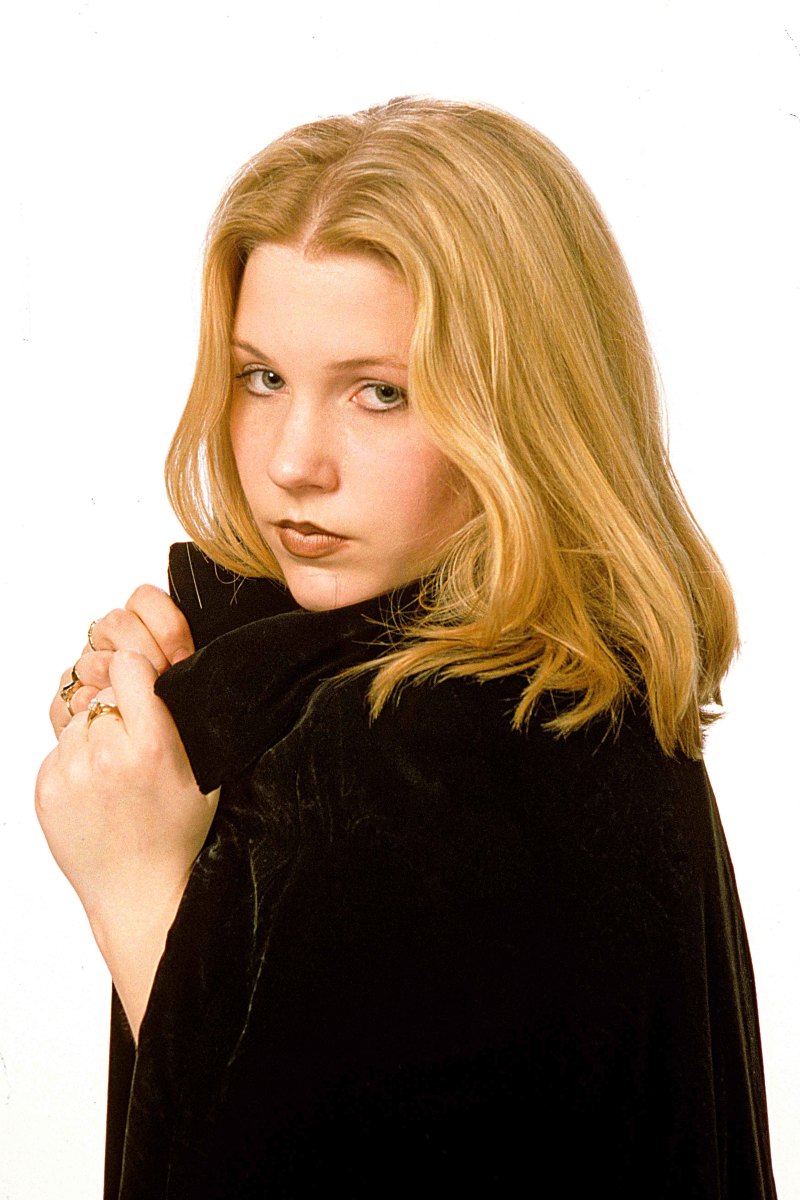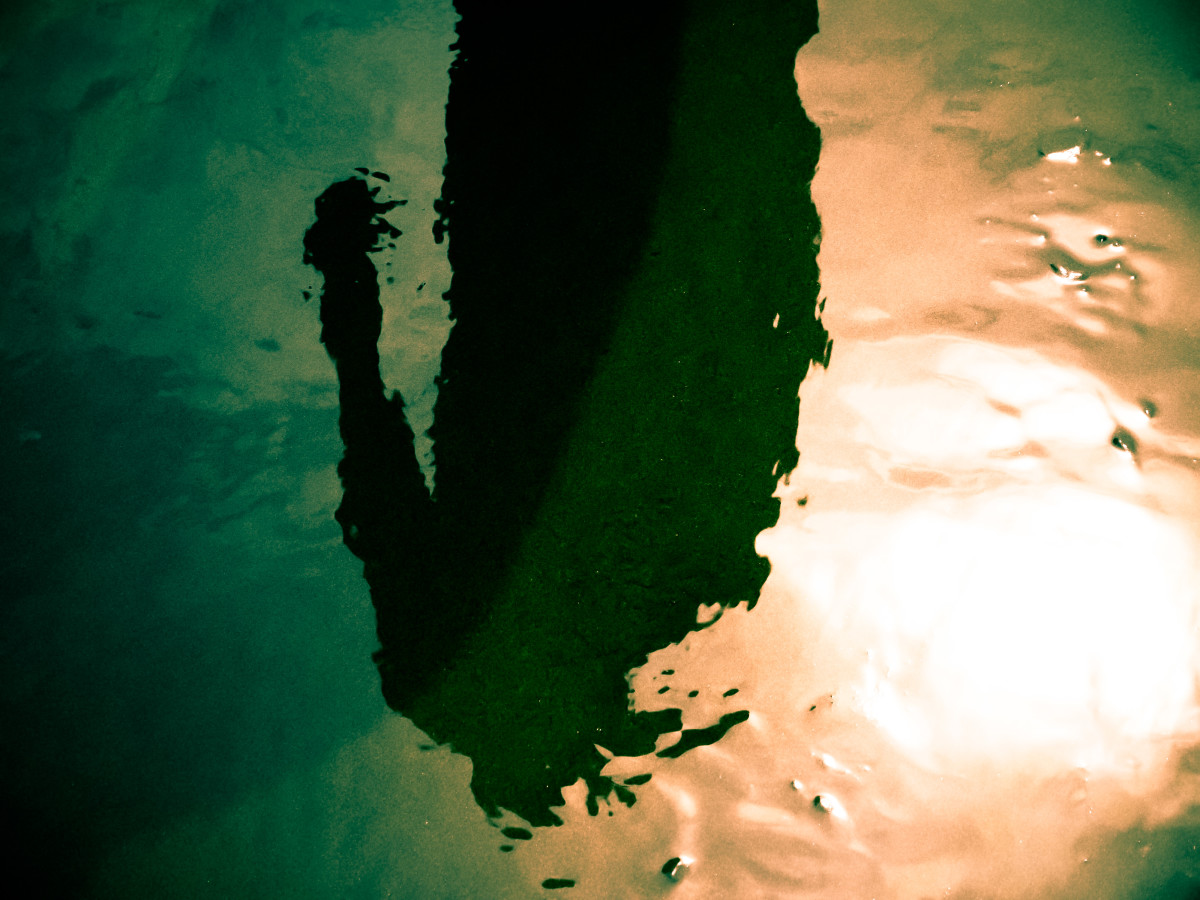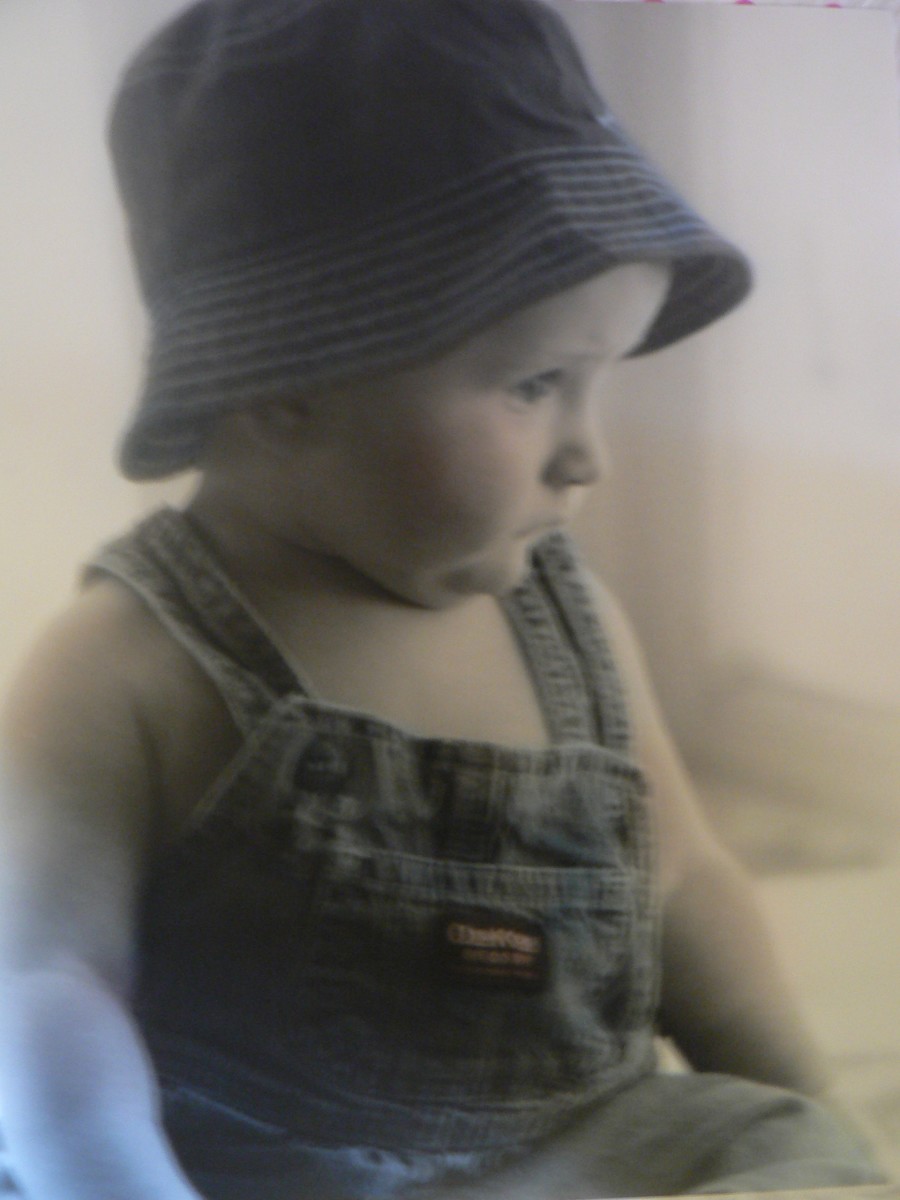How to Master Light and Photography
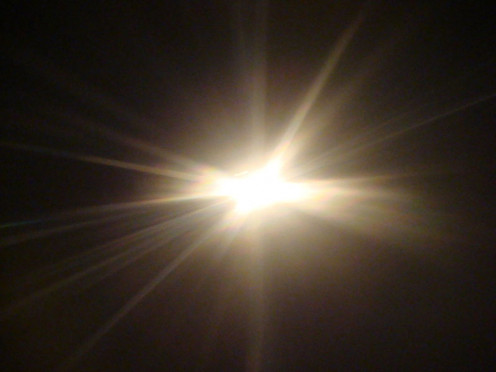
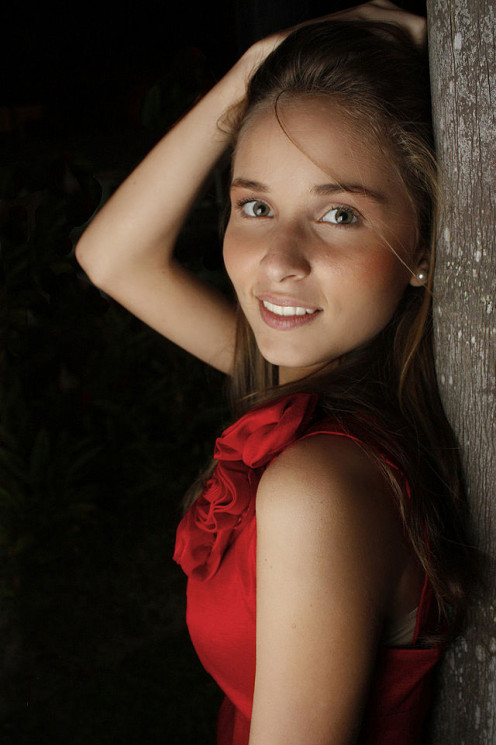
Light and Photography
To become a good photographer, you need to understand the use of light in photography. This principle is at the core of photography.
Photography cannot exists without light. From the beginning of photography the only element that had to be present for photography to exist was light, and this is still true today.
Use of light in photography needs to be understood to make photos stand out and differentiate them from your everyday snapshot. One needs to know how the position of light will make or break the photo.
Most professional photographers, with the exception of studio photographers who have total control of the light, usually stay away from the mid-day sunlight.
This type of light creates strong harsh shadows and gives very strong highlights which in turn create strong contrast which to the human eye seems normal, due to our being accustomed to it, but is usually well beyond the range of most film and digital cameras. Shooting in strong mid-day sun will cause your subjects to lose much of their detail.
The preferred light types for nature photographers and any photographer who shoots outside, are sidelight, back-light, twilight, front-light, and light from overcast days also referred to as diffused light.
Sidelight: as its names suggest, is any light whose source is to one side of the subject. It reveals form and texture. It brings even the smallest wrinkles and detail in your subject to life. Best times are about one hour after dawn and one hour before sunset.
Front light: occurs when the light source is behind the photographer. This type of light produces saturation in color, contrast and brings out detail. Best times are early in the morning or late in the day. Because most of the light will be directly aimed at the subject, your camera readings are usually quite accurate.
Back-light: Happens when the light source is behind the subject. It is mostly used by photographers to create silhouettes. This type of lighting can be tricky to handle. It is best to take a reading directly from the subject and set the controls manually, you should also bracket some of the shots and choose the best one afterward. One word of caution when using back-light; lens flare (light which directly hits the lens and bounces inside it) is common. A good lens hood is recommended.
Twilight: Is the chosen light for landscape photography. When the sun is just below the horizon the landscape is illuminated by the sky. When photographing in twilight, your exposure time will be longer than at other occasions, so the use of a tripod is a must. This type of light will usually impart an orange to red/yellow cast to most shots often with dramatic results.
Overcast /diffused light: The preferred light source for most professionals. Overcast skies render light that is soft and diffused. Colors are more saturated, fine details are more visible, camera readings are more exact without regards to your aim spot, and shadows are less pronounced. You can also use diffusers to control the outside light. An example would be to hold a white cloth over a flower while shooting in direct sunlight. These are usually called soft boxes.
Flash: Some photographers specialize in flash photography, outside or in the studio. For nature shots, flash can bring out unnatural looking highlights, so its use is not suggested, except when your subject is partially hidden within heavy brush or foliage and off course at night or when no light is available. You can still use fill-in flash; a flash unit set to low power, which is meant only to fill in some dark areas or shadows in the shot.
Use of reflectors: reflectors, which are nothing more than white,silver or gold colored reflective materials, are widely used for shooting outdoors, especially in heavy overcast days or for macro shots in wooded areas. Most reflectors can be made at home, but they are not that expensive if you choose to buy one. I use the reflective sunscreen / visor that I use on my car.
Once you understand use of light in photography,you can begin experimenting with some other techniques. As you grow in the field, you will eventually develop your own style and with time even make it as a professional.
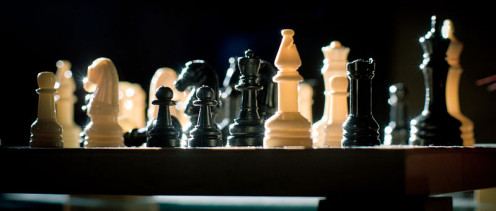
- Use of Light in Photography – PictureCorrect
The use of light in a photograph can be the deciding factor of whether that picture will be spectacular or terrible. When you use your camera to automatically chose aperture and shutter speed, what your camera is actually doing is using the built in
- Digital Photography Lighting Methods - For Dummies
Understanding digital photography lighting methods is made easier with step-by-step articles and how-to videos awaiting your discovery at dummies.com, the online resource for fun fact-finding.
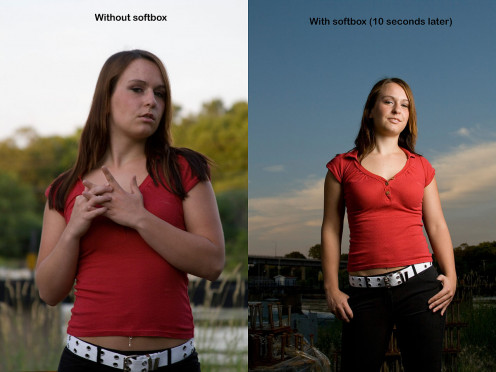
Was this helpful?
© 2011 Luis E Gonzalez

